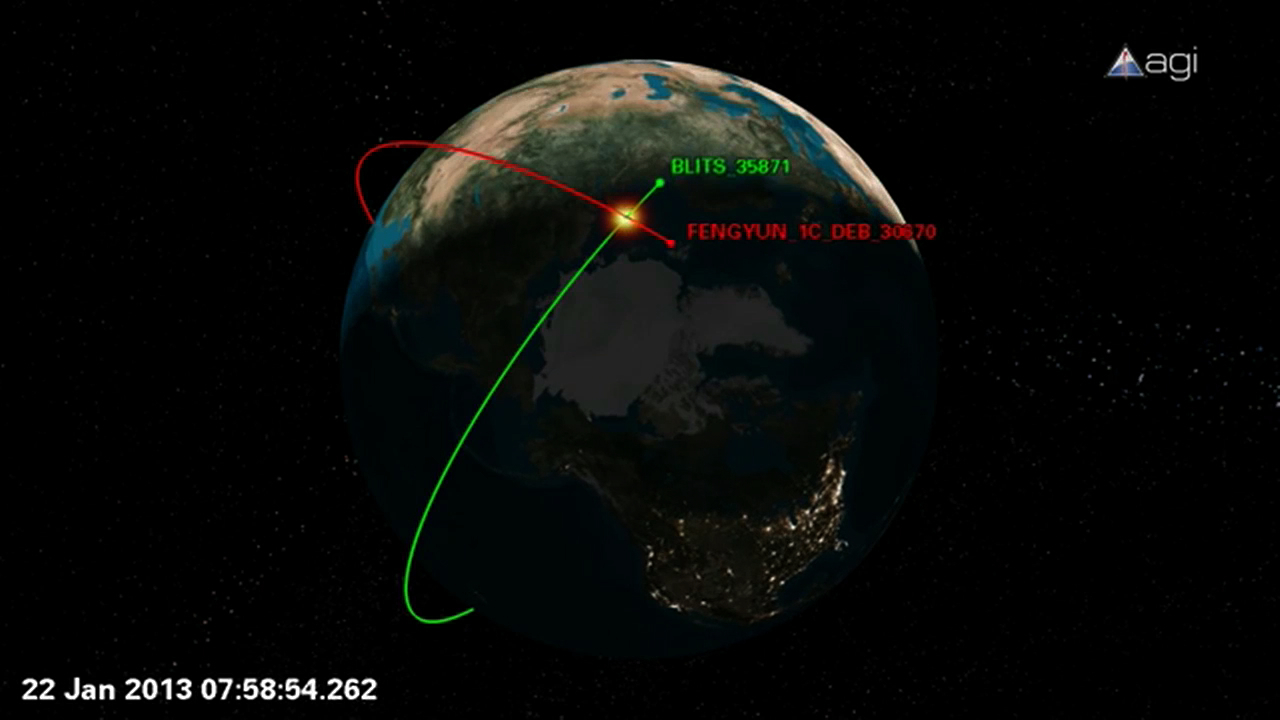
SAN FRANCISCO —The U.S. Air Force must change the way it does business to fight the growing threat to the nation's dominance of the final frontier, military officials say.
That long-held dominance, which helps establish U.S. supremacy on the battlefield via unmatched reconnaissance and communications capabilities, is being challenged like never before, Air Force officials stressed here last week during the first-ever Air Force Space Pitch Day.
"We certainly know we have an adversary that is attempting, in all different ways, to impact what we do," Brig. Gen. Matthew Wolfe Davidson, deputy combined force space component commander at the U.S. Space Command and vice commander of the 14th Air Force at Vandenberg Air Force Base in California, said during a keynote address here on Nov. 6.
Related: The Most Dangerous Space Weapons Ever
More: What Is the U.S. Space Force?
"There is no question when you look at what our competitors, China and Russia, are doing with direct-ascent anti-satellite weapons — there are not many dual-purpose needs for that," Davidson added.
Shawn Barnes, the deputy principal assistant to the secretary of the Air Force for space, voiced similar sentiments.
"I'm concerned, because we are so dependent on space-based capabilities, and yet we know that our adversary is working to take those capabilities away from us, either physically or virtually," Barnes said during a panel discussion here on Nov. 5.
Get the Space.com Newsletter
Breaking space news, the latest updates on rocket launches, skywatching events and more!
Those adversaries are working fast, bringing new space technologies online every three years or so, added Michael Dickey, director of the Enterprise Strategy and Architectures Office and the Air Force Space Command chief architect at Air Force Space Command headquarters at Peterson Air Force Base in Colorado.
The "industrial age" acquisition process the U.S. Air Force has traditionally used to get new and needed tech in orbit, by contrast, takes about 15 years from start to finish, said Dickey, who was on the same panel as Barnes.
"So, by the time I get to my once-every-15-years election cycle, I'm working the wrong problem, four times removed," he said. "That's kind of where we are right now. And we have got to catch up."
That's where Space Pitch Day comes in. The main goal of the two-day event (yes, the name is a bit misleading) is to help the Air Force get faster and more agile with regard to tech deployment, and therefore better able to defend the nation's space assets.
During Space Pitch Day, dozens of companies presented their ideas to top Air Force brass. Thirty companies got $750,000 on-the-spot deals, and half of those awardees were invited to apply for even richer contracts. Seven companies (Aptima, Chandah Space Tech, Launcher, nou Systems, Orbital Micro Systems, Stratagem Group and Virtualitics) could wind up with $1.5 million each. Eight others (Analytical Space, Areté Associates, Lucid Circuit, Numerica, Omitron, Roccor, Space Micro and Synaptech) could eventually walk away with $3 million.
The awarded companies are a varied lot. For example, Launcher is developing a superefficient rocket to loft small satellites, and Lucid Circuit is building a microchip that can enable machine learning aboard spacecraft and drones.
"We're really looking forward to working with all 30 of our award[ee]s as we go forward, and we're looking to do more of this type of engagement in the future," Lt. Gen. John Thompson, commander of the Space and Missile Systems Center, Air Force Space Command, at Los Angeles Air Force Base, said during the award-announcement ceremony on Nov. 6.
"It is absolutely essential to our nation that we figure out something different than the industrial-age model of space acquisition," Thompson added. "For us to remain competitive with our adversaries, for us to remain the top dog, the most capable space nation on the planet, then we have to come up with different ways of doing things."
- Military Space: Spacecraft, Weapons and Tech
- Space Weapon? US Calls Out Russian Satellite's 'Very Abnormal Behavior'
- Can We Prevent War in Space? These Guidelines May Help
Mike Wall's book about the search for alien life, "Out There" (Grand Central Publishing, 2018; illustrated by Karl Tate), is out now. Follow him on Twitter @michaeldwall. Follow us on Twitter @Spacedotcom or Facebook.

Join our Space Forums to keep talking space on the latest missions, night sky and more! And if you have a news tip, correction or comment, let us know at: community@space.com.

Michael Wall is a Senior Space Writer with Space.com and joined the team in 2010. He primarily covers exoplanets, spaceflight and military space, but has been known to dabble in the space art beat. His book about the search for alien life, "Out There," was published on Nov. 13, 2018. Before becoming a science writer, Michael worked as a herpetologist and wildlife biologist. He has a Ph.D. in evolutionary biology from the University of Sydney, Australia, a bachelor's degree from the University of Arizona, and a graduate certificate in science writing from the University of California, Santa Cruz. To find out what his latest project is, you can follow Michael on Twitter.









